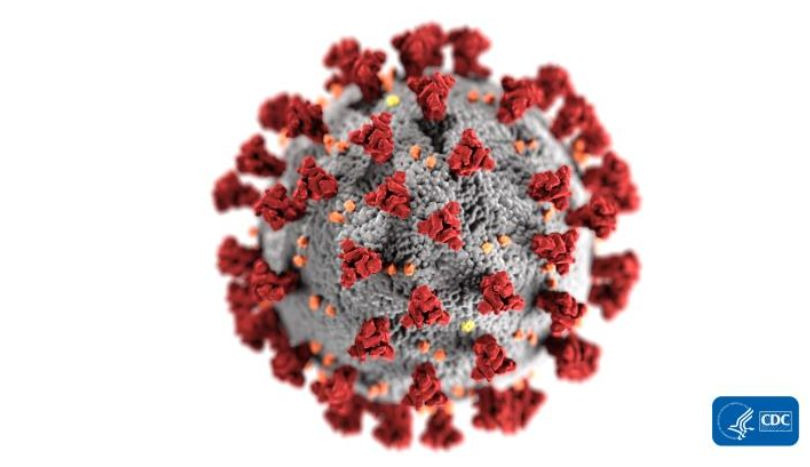
Seeing parts of China shut down and the deserted piazzas of Milan, one must wonder what the effects would be in the US if this virus moves through the population. Stats are still preliminary, but it appears to be quite infectious, have a long incubation period, including perhaps an asymptomatic period, and a mortality rate significantly higher than your typical influenza virus. There is currently no vaccine, and no immunity in our population. There’s been attention paid to the impact on the manufacturing supply chain, the stock market, and Trump’s reelection chances, but if you stop to think about it, there could be extended effects that we’ve barely considered yet. Here’s a starter list. Please add to it in the comments! If Mike Pence successfully defeats COVID-19, we can laugh about all this someday.
- Mobility. People may be more averse to moving around in close proximity to one another. This would include avoiding public transportation in metro areas, avoiding crowded elevators, and avoiding traveling together over longer distances: by air, by train, by bus, by ship.
- Work-from-home. Companies may encourage employees to spend more time away from each other and out of the office.
- Office space planning. Are open office plans an even worse idea now?
- Retail. A real apocalypse to add juice to the so-called retail apocalypse already underway. Online shopping is going to look better and better.
- Education. Schools have long been petri dishes. This may radically impact the whole idea of concentrating lots of students in one place in order to educate them efficiently, all the way from pre-school to grad school.
- Politics. Speaking of petri dishes, think of the damage a Trump rally could do to the life expectancy of a whole county. Some candidates thrive on big rallies while others do not, so the consequences would be differential. Consider also the benefits of vote-by-mail instead of in-person voting and, even worse, caucuses.
- Video conferencing. Meeting via Zoom, Webex, or Skype suddenly looks a lot safer.
- Weddings & Funerals. Suddenly, a rash of one could beget a rash of the other.
- Healthcare. Hospitals are constantly challenged anyway to fight the spread of infectious diseases. Immune-challenged patients—cancer patients for example—would be at high risk. How will the health care system respond? How about the traditional doctor’s waiting room—suddenly a good place to go to get sick?
- Performing arts. Another place where strangers mix and mingle in large numbers in close proximity. This includes concerts, theater and dance, festivals, and nightclubs, for starters. Consider also that performing arts are provided by troupes of people who are in close physical contact with each other and travel around a lot in a group.
- Parades and Marches. Getting together for fun or a good cause, in large numbers. Whether you’re naked cycling in the Solstice Parade or protesting the latest White House calumny, you’re putting your life on the line in a whole new way.
- Sporting events. Are you willing to bet that the half-naked guy in the next seat is perfectly healthy? Big crowds, alcohol, yelling and screaming inches apart–the enthusiasm would be contagious! Like other performers, athletes are groups in close physical contact with one another and they travel a lot. The end of marathons? Micro-Olympics?
- Conferences. The white-collar work world is full of conferences and trade shows. They are common in academia, tech, every profession, and many other sectors of the economy. Again, lots of strangers from diverse places in close proximity for long periods of time.
- Houses of Worship. Again, a perfect opportunity for transmission. Give the faithful a face full. And communion? OMG.
- Military. They are experienced at managing infectious diseases in their close-knit groups, but this is a new bug. Imagine one sick sailor on a submarine.
- Restaurants. Strangers, close quarters, lots of open mouths. Salivation is not salvation.
- Manufacturing. Robots don’t catch viral diseases. A surge of robotization will have employment consequences.
- Transport. Autonomous vehicles don’t catch viral diseases. Driving trucks accounts for millions of jobs today in the US.
- Prisons. Another petri dish of people together in close quarters, with visitors coming and going, staff coming and going, prisoners coming and going.
- Dating. Maybe swiping left and right to meet up with strangers will become less appealing.
- Loneliness. If the safest thing is to avoid other people, will we all die of broken hearts?
Historically, infectious diseases evolve to reduced mortality over time: after all, killing a host is a poor reproductive strategy for the virus too. So perhaps COVID-19 will, over a period of years, become a less-virulent pandemic. But meanwhile, the disruptions may be far more widespread than we’ve begun to imagine.
Looking on the bright side, maybe we’ll release less CO2 into the atmosphere this way. And maybe exotic eaters will finally lay off the Pangolin.

Here’s another consideration: if the virus turns into a full pandemic at the bad end of the spectrum of possibilities, the parties might have to cancel their nominating conventions this summer.
Thailand reports can drivers are testing positive. Switzerland has banned events of more than 1,000 people. TV shows and movies in production are shutting down to avoid risk of catching/spreading the virus as they shoot on location in Italy and elsewhere. The point is what diverse effects this is having.
It’s hardly conceivable that covid-19 will become a new Black Death; that would require coronavirus-level transmission and ebola-scale lethality or worse. But for a grimly hopeful note, consider what ensued after bubonic plague killed a third of Europeans in the mid-14th century: surplus resources, accelerated innovation, the Renaissance.
“Always look on the bright side of life” just popped into my head.